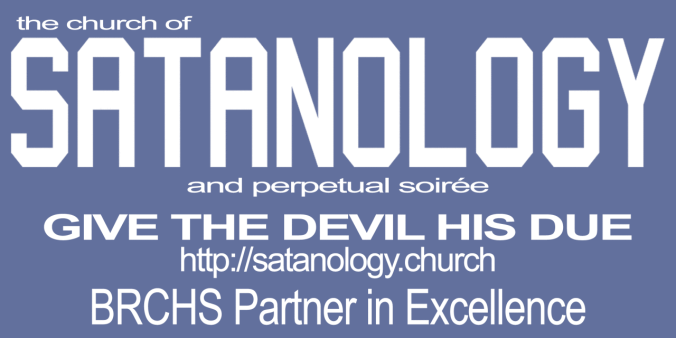
Two cases dance on the fence between a protected expression of religion, and a government endorsement of religion. One has to do with a school’s inclusion of yoga practice in the curriculum. The other surrounds controversy that erupted from a fake “Satanology” student club. Both demonstrate how the courts take religious establishment on a case-by-case basis.
Previous cases that have worked through the legality of religious displays on government property by arguing context. In short, it’s fine to display Santa or a nativity if Rudolph, Happy Holidays, or a Menorah is nearby. Display a nativity with “Happy Birthday Jesus” and it won’t be there for long. The Ten Commandments are acceptable as a general moral document on a courthouse. To convey a specific religious idea like God is the source of wisdom for government, again, it’s probably coming down. With that said, if your locality allows religious displays that have religious intent, the real problem comes when you forbid the presence of a competing religious display near it.
The first case asks when the practice of yoga is religious in its context and goals versus when it’s a secular practice adopted by Americans in general. When a California public school was given a grant to teach yoga to its students, conservative Christians challenged it as a religious practice. Those concerned Christian parents lawyered up, and the evangelical Alliance Defending Freedom took up the case. The court decided the case with a peculiar ruling saying that in the case of the class, yoga was not religious secular in nature. However, at the same time, yoga is indeed a religious practice. Light is both particle and wave; General Tso’s chicken is both Chinese food, and yet definitely not Chinese. Like displays of the Ten Commandments on public property, the context matters. Where students were practicing yoga and the purpose of it had nothing to do with its various religious purposes found in numerous traditions. A practice’s historical association with religion does not mean that the practice is inherently religious.
In the second case, an activist requested to post a banner for the “Church of Satanology and Satanic Activism” club along a fence on school grounds. This followed an English teacher at Boca Raton Middle school who erected a 10 foot pentagram display next to a nativity scene in a local park. The reason was not to begin an actual club, but to test the school’s approval of banners for an organization promoting Christianity. The location where the “Satanology” banner was to be placed was a place where churches and synagogues had posted their banners for a fee paid to the district. As soon as Chaz Stevens, an atheist activist, proposed the banner, the school instituted a ban on all banners until further notice. After pressure from the Freedom from Religion Foundation to change the policy permanently, the Palm Beach County School District capitulated. The site for Satanology is part of a campaign by The Religious Liberty Project which “is an advocacy organization dedicated to protecting and promoting freedom of speech and religion, especially the separation of Church and State.” The use of Satan as a polarizing figure to raise awareness on church/state entanglement is not new, but it is a recent strategy by secularists to clarify separation and how it is applied through the 1st Amendment norm.
The issue that connects both of these cases has to do with the ramifications of insisting on the superiority of one religion or group of religions over other faith claims in any context that is a publicly-funded entity. Evangelical legal groups like the Alliance Defending Freedom hide their true intent of reintroducing Christianity as a distinctly superior, American religion behind language of religious freedom. Would they not also seek to defend the equality of other religions’ not-specifically-Christian concerns? The evidence of their case load is an emphatic “no.”
Whenever an activist group insists on the superiority of its religion rooted in whatever jurisprudence that argues for that superiority, it opens up an interpretation of the 1st Amendment as protecting religions through “equal regard” in which religion is not given any particular favored position in these decisions, but it is neither viewed with any disproportionate contempt. As the demographics of society are trending less religious, the idea that religion ought to have some favored status according to the 1st Amendment could fall out of favor. This means that when activists encourage the debate now, they open up their own interests to a deeper secularizing effect in the future. They could allow people to enjoy local favoritism towards the dominant religion while they still can, but outside organizations such as the Freedom from Religion Foundation and Alliance Defending Freedom are on opposing missions to change the ways that the 1st Amendment is interpreted everywhere. So, before that happens small town America, please enjoy your live nativity this Christmas before the giant Baphomet statue comes to peer over your shoulders to judge whether you’ve been bad or good this year.